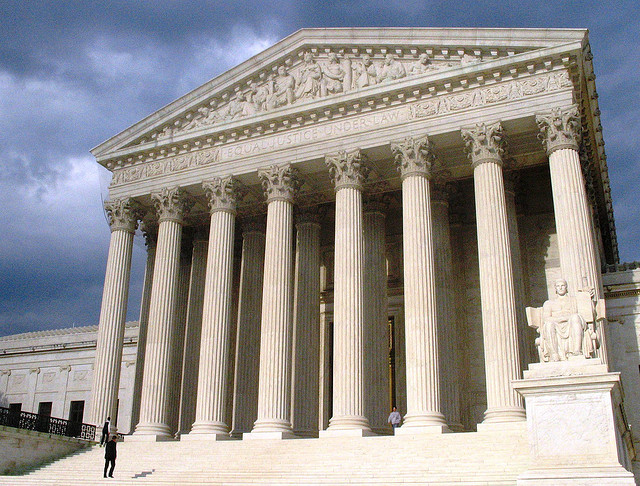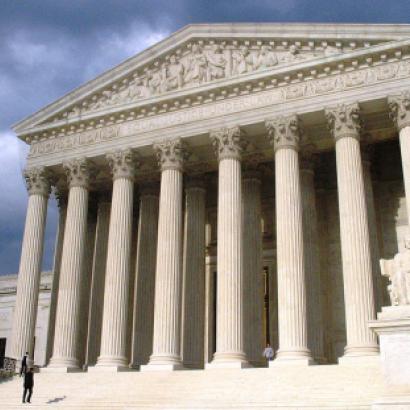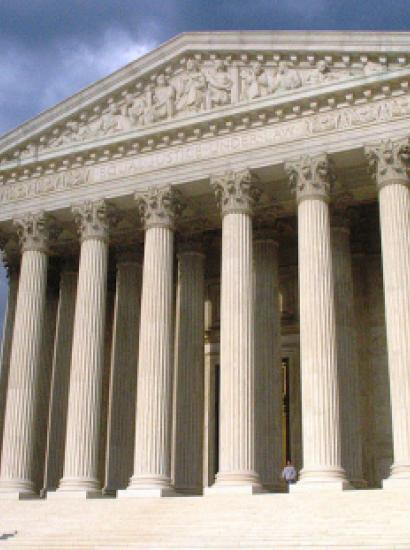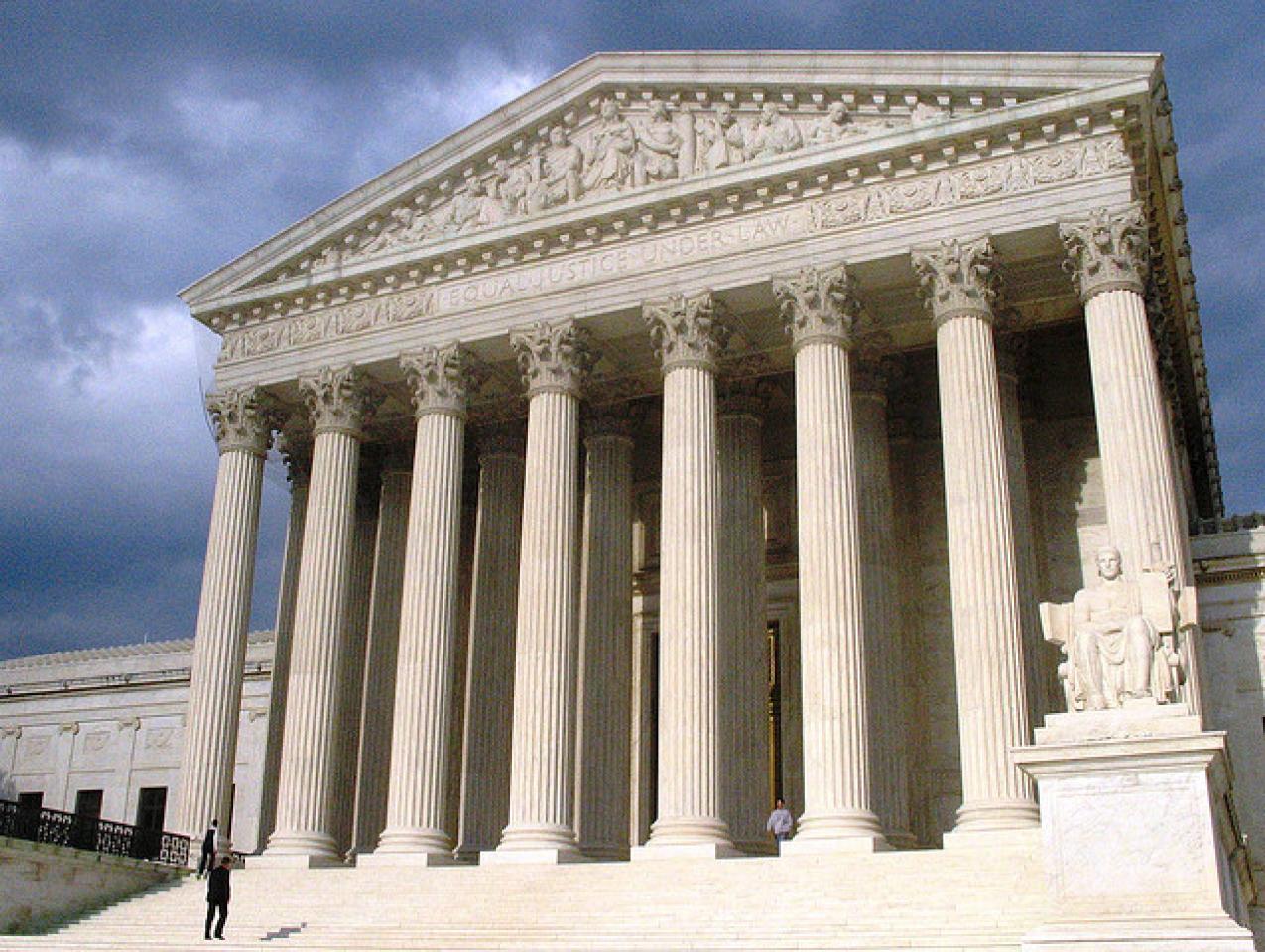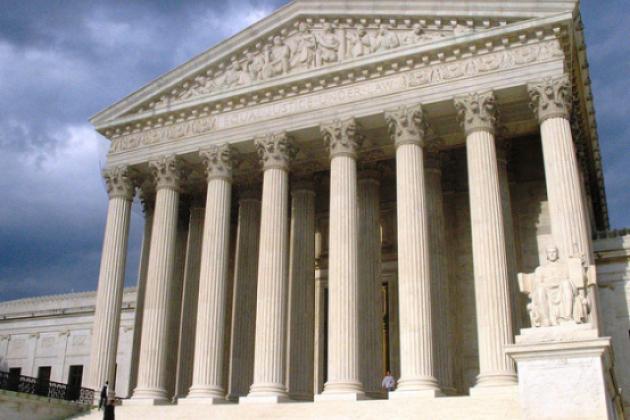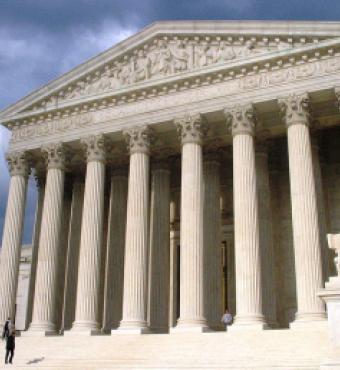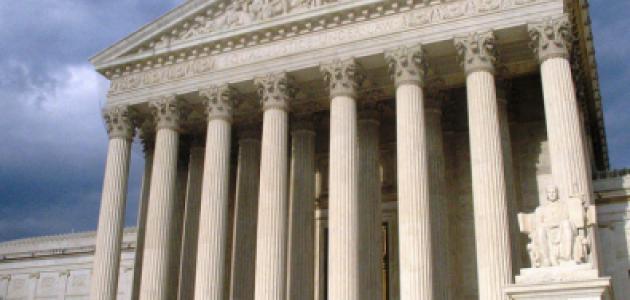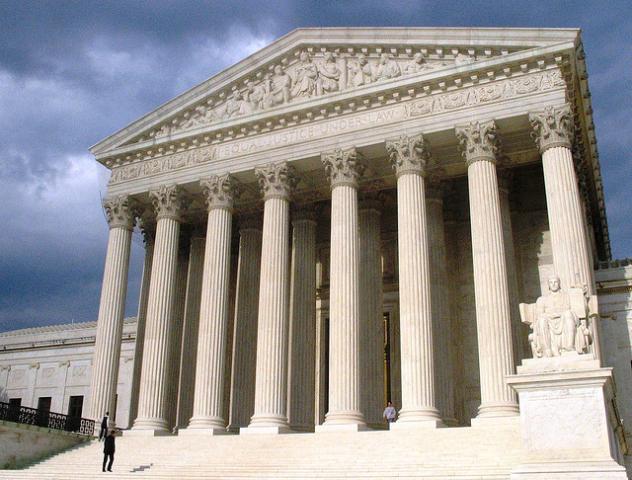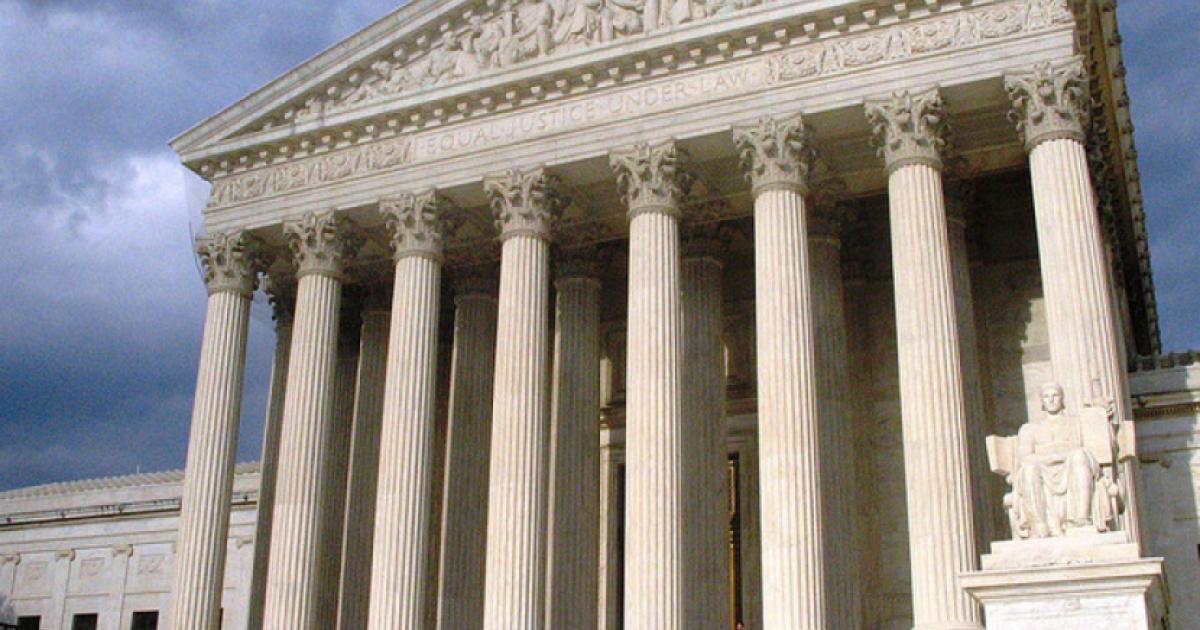- Law & Policy
Once again, insider trading is on the Supreme Court’s agenda, and that’s not a good thing. The law of insider trading is clear and sensible. Yet the SEC and the Department of Justice argue otherwise. In a case that the Supreme Court will hear imminently, Salman v. U.S., the government is fighting to broaden the rules and increase its own power. What they are resisting is not ambiguity in the law, but the restraints on their power imposed by Congress and the federal courts.
Because the executive branch dislikes clear and sensible rules that will limit its prosecutorial authority, there have been decades of conflict over the law of insider trading between judges and bureaucrats. These bureaucrats—mainly the SEC and a few rogue prosecutors like Preet Bharara, the U.S. Attorney for the Southern District of New York—have fought a rearguard action against the federal judiciary, mainly the U.S. Court of Appeals for the Second Circuit and the U.S. Supreme Court, over what the law of insider trading should be. The courts say that the law should protect property rights in information, promote market efficiency, and reward costly research with market gains. The SEC says that the law should promote a notion of “fairness” among market participants that is so vague that the SEC declines to define or even describe it.
The federal courts distinguished illegal trading from legal trading with great precision over 30 years ago in two cases, now iconic: Chiarella v. United States and Dirks v. SEC. These cases held, respectively, that an element of the crime of insider trading was the breach of a duty of trust and confidence toward the owner of the information being traded, and that sharing corporate information is not a crime unless it involves a breach of such a duty.
At its core, the law of insider trading, as articulated by the Supreme Court, can be boiled down to a fundamental concept: “don’t steal.” Insider trading law exists to protect property rights in information. Specifically, the property that insider trading law seeks to protect is new information about companies that is important enough to affect the prices of those companies’ shares. The Supreme Court has recognized that insider information is the same as other forms of intellectual property, in that it is susceptible to theft by unscrupulous agents. The law of insider trading is meant to protect property rights in information from theft. Insider information is the property of the person or company that creates the information in the first place. People entrusted with information that will affect the price of a company’s shares may not legally trade on that information because doing so constitutes the theft of that very information.
Thus the law of insider trading reflects the simple process of determining who owns a particular piece of information, and then protecting that property from pilfering by others. Determining who owns a piece of information in this context is easy: The owner of information about a company is the person or firm who creates the information.
Not all information is relevant to an insider trading analysis because not all information is important. Information that is already well known to market participants is worthless because such information is already reflected in the share price of the companies. But not all information is reflected in share prices. Relevant information that is not already impounded in share prices and thus has the potential to move markets is what securities lawyers call “material” information. Traders who discover material information and trade on it before the market price of the underlying stock reflects that information can make huge profits.
If I know that a company is going to make an offer to buy all of the stock of a target company at a huge premium over that company’s current share price, I can make a lot of money by buying stock in the target company before the offeror announces its bid (or the information otherwise gets out) and then selling the stock after the announcement. Not surprisingly, many of the most famous insider trading cases involve takeover bids because takeovers cause the share prices of the target companies to make sudden dramatic bounces, and also because the company making the bid must hire lawyers, bankers, and financial advisers while formulating its bid. These “temporary insiders” who are entrusted with secret corporate information so that they can work on a proposed deal or contract, may be tempted to abuse their positions of trust.
The most famous Supreme Court insider trading decision after Chiarella and Dirks is U.S. v. O’Hagan, which involves exactly this fact pattern. A giant British food company, Grand Met, hired a Minneapolis law firm to advise it in its campaign to take over Pillsbury. A lawyer at the Minneapolis firm named James O’Hagan, who had accumulated significant gambling debts, got his hands on this material insider information before Grand Met could make its bid. O’Hagan made huge profits buying Pillsbury stock before Grand Met announced its bid.
The information that a company wanted to acquire Pillsbury shares at a significant premium belonged to Grand Met, the company that created that information. By trading in that information, O’Hagan was stealing information from Grand Met that had been entrusted to the law firm where he worked. As a partner in that firm, he had a contractual, not to mention a moral, duty to refrain from trading on the basis of information given to his firm in confidence by a client. By trading, O’Hagan breached his duty of trust and confidence. And he went to jail when he was caught.
The SEC, however, does not want to limit itself to prosecuting miscreants like O’Hagan. It also wants to regulate and/or to forbid anybody at all—even Grand Met—from trading on this information before it is public. For example, the SEC has promulgated a rule requiring any company that makes a tender offer for the shares of another firm to reveal all sorts of information about itself and its plans simultaneously with making the bid. Such a rule ignores the property rights in information of the bidding firm for no reason other than that the SEC thinks that requiring disclosure somehow is “fairer.”
The analysis does not get much more complicated. Just as it is illegal for a trusted adviser to steal information from a client, so too is it illegal for that advisor to accept cash or other benefits from others in exchange for passing the information along to them. Naturally, it also is a crime for the lawyer or banker to tip off his wife or brother-in-law or friend. If a lawyer or investment banker in possession of confidential information takes cash or other benefits in exchange for the information, or if he passes the information along to a friend or relative who then trades, both the “tipper” who passes the information and the “tippee” who receives the information have committed a crime.
At the moment, the battle between the executive and the judicial branches over the contours of insider trading law is focused on a single question: whether it is ever permissible for a corporate insider (a tipper) to pass along confidential information to an outsider (tippee). The SEC and the Justice Department believe that insider tips of material, non-public information can never be anything except criminal acts. The Supreme Court and sophisticated lower federal courts, in contrast, believe that there are several contexts in which insiders legally can pass along insider information because doing so furthers a legitimate corporate purpose.
Suppose that an insider is working in a company mired in fraud and illegal activities. Unable to get the authorities or the press interested or involved, the insider passes along his concerns to a securities analyst who does his own investigation, verifies the fraud, and, putting his money where his mouth is, sells stock in the fraudulent firm, simultaneously driving the company’s share price down and notifying the market that something is amiss in the company. The SEC would brand the tipper in this hypothetical scenario a fraudster and seek to bar him from the securities industry. Reasoning that having securities analysts ferret out fraud should be encouraged, the Supreme Court in Dirks rejected the SEC’s contention that the tipper in this case committed fraud.
In legitimate companies, insiders can promote a variety of legitimate corporate purposes by leaking information to securities analysts. Companies and their shareholders benefit when insiders correct misinformation in the marketplace that may distort the capital market’s pricing in ways that are harmful to the company. For example, court cases have revealed that investor relations officials at companies such as NVIDIA and Dell have routinely “leaked” earnings data in advance of quarterly earnings announcements in order “to establish relationships with financial firms who might be in a position to buy their stock.”
In Dirks, the Supreme Court established a simple test for market participants and regulators to distinguish “bad” insider trading (that should be outlawed) from “good” insider trading that reveals fraud and makes markets more efficient. When an insider passes information along to a family member or passes information to an outsider for personal gain, and the tippee trades on the information, it is illegal. But when there is no personal gain or family relationship involved, the trading is permissible.
The personal benefit test is simple and elegant. The SEC prefers complex and muddy rules because they make the bureaucrats at the SEC more powerful. The SEC does not want the courts—or Congress for that matter—telling them what the rules should be. It wants the power to make up the rules as it goes along. But since the law is clear, and capital-market efficiency, clear rules, and property rights are important. the Supreme Court should leave the law of insider trading just as it is.







